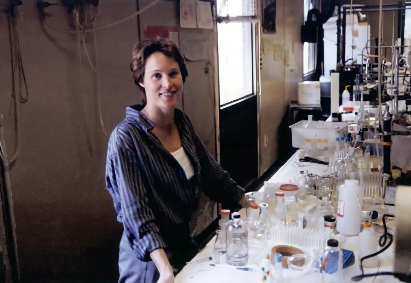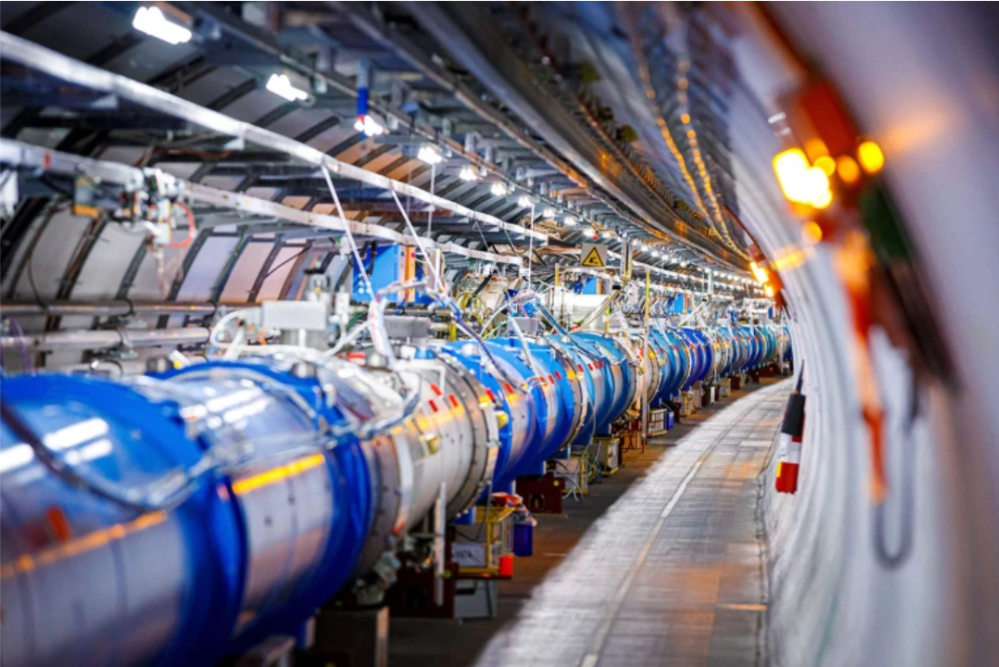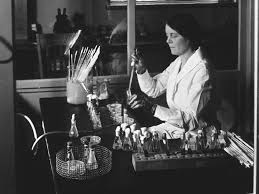Frances Arnold was born on the 25th of July 1956 in Pittsburgh, Pennsylvania. She was the daughter of the nuclear physicist William Howard Arnold. She was in high school when she moved out of her parents’ home due to conflicts regarding her familys’ traditional beliefs. She worked odd jobs to suffice her living and to rent herself a place in Washington D.C. She funded herself concealing her age and working in a jazz club as a cocktail waitress, and cab driver.

Even with these challenges, she continued to commit to school and eventually graduated from high school. Her grades were initially a concern for admission into a liberal arts major, so she opted to study mechanical and aerospace engineering with a focus on solar energy research and was accepted. She went a year off as an undergraduate and worked in a factory in Italy, producing parts of nuclear reactors, a job she disliked. Soon she earned her degree in mechanical engineering. After graduating, she took part in solar energy projects in Brazil and South Korea. She also worked for the Solar Energy Research Institute where she designed solar energy facilities, and lent a hand to write the UNs’ position papers.

Her interest in biochemistry emerged around the 1980s. She earned her Phd in chemical engineering at the University of California, Berkeley in 1985, and continued postdoctoral research in biochemistry carried out in the lab of Harvey Warren Blanch. Affinity chromatography techniques were the subject of the thesis, and it went successful. She became a visiting associate in Caltech in 1986. Later, she got promoted as an assistant professor and has remained there ever since – within a decade advancing to professor.
Dr. Arnold introduced methods of “direct evolution” at Caltech, a proposal to innovate proteins not that do not occur naturally in any living organisms. This can be used by protein engineers to reproduce biomolecules by mutation and recombination of genes within the enzyme, then proceed with artificial selection for desired traits. Synthesis of chemicals involving laboratory enzymes often delivers more efficiency than traditional methods.

“I decided I wanted to make new enzymes, but I didn’t know how to do it, problem was, no one else knew how to do it either. It’s a terribly complicated problem to design something new, but it was solved by evolution.”
Her method involves duplicating a gene responsible for producing an enzyme but introduces conditions that promote random errors. The result which carries random mutations is inserted within a bacterium where it can replicate to produce new enzymes. Now, this ideology is applied in various fields such as medicine, chemicals, energy, retail goods, and neurobiology. The genes she developed also decreased our industrys’ dependence on toxic chemical manufacturing.
Arnold won the 2018 Nobel Prize in Chemistry. The methods she developed were used in Merck’s creation of the new diabetes medication Januvia. Additionally, she designed proteins that attach to neurotransmitters and are visible through MRI, offering a detailed visualization of the brain’s chemical processes. This technique, tested in animal trials, could pave the way for innovative tests and treatments for Alzheimer’s, Parkinson’s disease, and depression.
Works Cited
“Frances H. Arnold, Ph.D. – Biography” Academy of Achievement. 2 Feb. 2022.
https://achievement.org/achiever/frances-h-arnold-ph-d/
“Frances Arnold.” Encyclopædia Britannica, Encyclopædia Britannica, Inc., 10 May 2024, www.britannica.com/biography/Frances-Arnold.
“Frances Arnold.” Nobel Prize, Nobel Prize Outreach AB, www.nobelprize.org/womenwhochangedscience/stories/frances-arnold
About the Author

Hi! My name is Monique Timonel, a STEM Student at Far Eastern University. Since I was young, I’ve been drawn to engineering of different fields.


Leave a comment